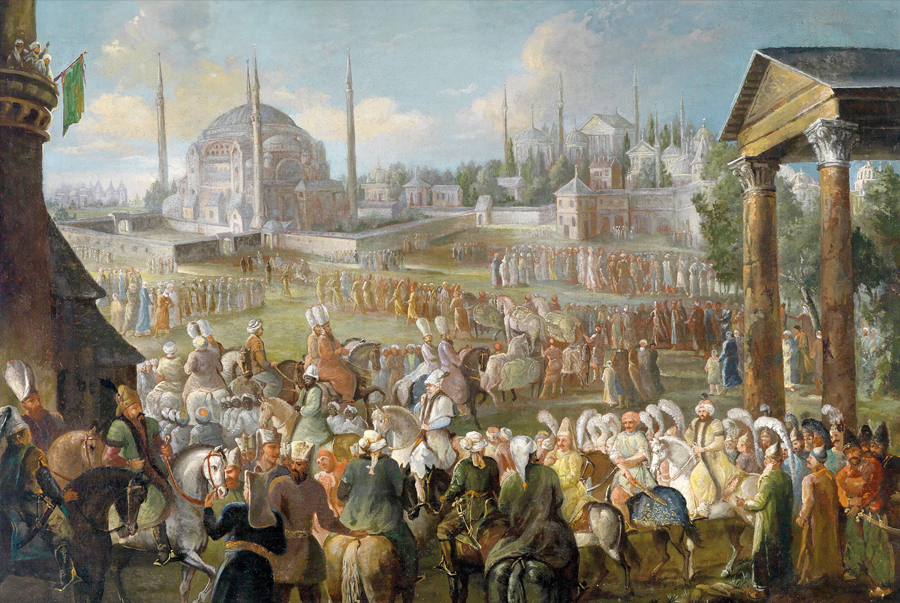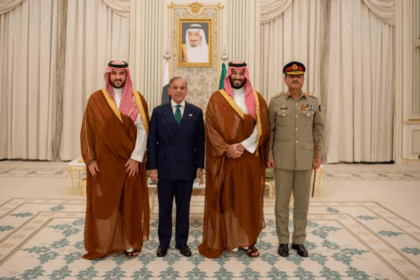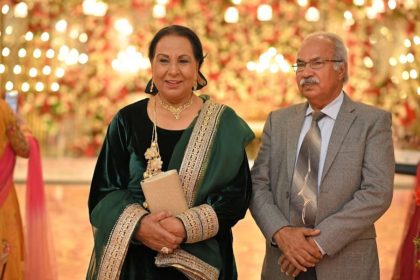Hi readers! Hope you have enjoyed the earlier blog on how Islam has descried Science? Here is another Part: the golden age of Islamic scientific achievements.
The medieval period of Islam commonly known as the Islamic Golden Age was a period of cultural, economic, and scientific advancements in the history of Islam, spanning between 8th to14th century. During this period, science was developed and practiced under the patronage of Umayyad of Cordoba, Abbasid of Seville (SPAIN), the Samanids, the Ziyarids, the Buyids in Persia and beyond.
The scientific achievement of Muslim scientists of this era comprised astronomy, mathematics, medicine in particular, and Chemistry, Botany, Agronomy, Geography and Cartography, Ophthalmology, Pharmacology, Physics and Zoology in general.
The science at that time has practical purpose of understanding some phenomena. For example, Astronomy for determination of Qibla, Botany for application in agriculture, geography to make accurate maps, mathematics to make advances in algebra, trigonometry, geometry, and Arabic numerals. Islamic doctors described disease like smallpox, and measles to challenge Greek medical theory, preparation of hundreds of drugs from medicinal plants and chemical compounds, Islamic physicists studied optics and mechanics and astronomy and criticized Aristotle’s view of motion.
In the seventh and eighth centuries, when prophet Muhammad’s (PBUH) armies pushed out from the Arabian peninsula and occupied territory from Spain to Persia, they also grasped the work of Plato, Aristotle, Democritus, Pythagoras, Archimedes, Hippocrates and other Greek thinkers. The largely illiterate Muslim conquerors turned to the local intelligentsia to help them govern. Doing this way, they acquired and absorbed Greek learning that had yet to be transmitted to the West or even translated into Latin. At that time, western countries possessed very little Greek knowledge, whereas the East was fully equipped with that.
Nasir al-Din al-Tusi (Muhammad ibn Muhammad ibn al-Hasan Al Tūsī, also known as Nasir al-Din al-Tusi) was a Persian polymath, architect, philosopher, physician, scientist, theologian and a well published author on the subjects of math, engineering, prose, and mysticism. He did this at a time when he was still a young man, and his hometown was devastated by Mongol armies early in the 13th century. Consequently, Al-Tusi, came to reside in the legendary fortress city of Alamut (a ruined mountain fortress located in the Alamut region in the South Caspian province of Qazvin, Iran) in the mountains of northern Persia.
The library in Alamut was renowned for its excellence which helped Al-Tusi to flourished there through publishing works on astronomy (he developed a model that depicted not perfectly circular motion of planets), ethics, mathematics and philosophy that marked him as one of the great intellectuals of his age.
But when the armies of Halagu (Halakoo Khan), the grandson of Genghis Khan (Changaiz Khan), brought together large army and armors outside the city in 1256, Al-Tusi joined Halagu (to save his interests in science) and accompanied him to Baghdad, which fell in 1258. The grateful Halagu built him an observatory at Maragha, (a city and capital of Maragheh County of East Azerbaijan Province of Iran) which is now known as northwestern Iran.
Al Tusi’s skills and ideological flexibility in pursuit of the resources to do science paid off. The road to modern astronomy leads through the work that he and his followers performed at Maragha and Alamut in the 13th and 14th centuries.
It is a road that coils from Athens to Alexandria, Baghdad, to Damascus and Córdoba, through the palaces of caliphs and the basement laboratories of alchemists and was a travel of not just by astronomy but by all science.
The historians however says that they know very little about this golden age of Islam. Very few of the major scientific works from that era have been translated from Arabic, and thousands of manuscripts (published by Al Tusi and others) have never even been read by modern scholars (for the reason best known to them) hence, one could say the history of Islamic science as a field ”hasn’t even begun yet.” This is because it is not explicitly found in the literature not even much talked about.
Commanded by the Quran to seek knowledge and read nature for signs of the Creator and inspired by a treasure trove of ancient Greek learning, Muslims created a society that in the Middle Ages was the scientific center of the world. The Arabic language was synonymous with learning science for 500 hundred years: a golden age that can count among its credits the precursors to modern universities, algebra, the names of the stars and even the notion of science as an empirical inquiry.
Nothing in Europe could compare even remotely of the same quality and skills to what was going on in the Islamic world until about 160 said Dr. Jamil Ragep, a professor of the history of science at the University of Oklahoma. It was the infusion of this knowledge into Western Europe, that fueled the Renaissance and the scientific revolution there.
”Civilizations don’t just clash,” said Dr. Abdelhamid Sabra, a retired professor of the history of Arabic science who taught at Harvard. They can learn from each other. Islam is a good example of that. The intellectual meeting of Arabia and Greece was one of the greatest events in the history, he said. Its scale and consequences are enormous, not just for Islam but for Europe and for rest of the world. There were two reasons for that. One reason was that traditionally, Islam has encouraged science and learning. There is no conflict between Islam and science, said Dr. Osman Bakar of the Center for Muslim-Christian Understanding at Georgetown.
In ninth-century, Caliph Abu al-Abbas al-Mamun set up an institute: the House of Wisdom in Baghdad to translate manuscripts into Arabic: first being the Alexandrian astronomer Ptolemy’s work which described a universe in which the Sun, Moon, Planets and Stars revolved around Earth. Al Magest: a 2nd-century Greek-language mathematical and astronomical dissertation on the apparent motions of the stars and planetary paths thus, became the basis for cosmology for the next 500 years and spread from Spain to Persia. Its height was in the 10th and 11th centuries when three great thinkers comprising Abu Ali Al Hasan ibn Al-Haytham; Abu Rayham Muhammad Al-Biruni; and Abu Ali Al-Hussein Ibn Sina, also known as Avicenna, from the East stepped in.
Al-Haytham, was born in Iraq in 965, experimented with light and vision, laying the foundation for modern optics and for the notion that science should be based on experiment as well as on philosophical arguments. He was ranked with Archimedes, Kepler and Newton as a great mathematical scientist.
The mathematician, astronomer and geographer Al-Biruni, born in Uzbekistan in 973, wrote about 146 articles totaling 13,000 pages, including sociological and geographical study of India.
Ibn Sina was a physician and philosopher born near Bukhara in 981. He compiled a million-word medical encyclopedia, the Canons of Medicine, used as a textbook in parts of the West until 17th century.
Anyone who studies anatomy will increase his faith in the omnipotence and oneness of God the Almighty: a saying often attributed to Abdul-Walid Muhammad Ibn Rushd: a 13th-century anatomist and philosopher.
Another reason was that Islam is one of the few religions in human history in which scientific procedures are necessary for religious ritual. Arabs had always been knowledgeable about the stars and used them to navigate the desert, but Islam raised the stakes for astronomy. For example, the requirement that Muslims face the direction of Qibla or sacred directions, when they pray required knowledge of the size and shape of the Earth. The best astronomical minds of the Muslim world tackled the job of producing tables and diagrams by which the qibla, could be found from any point in the Islamic world. Their efforts rose to a precision far beyond the needs of the farmers who would use them.
Astronomers at the Samarkand observatory built in 1420 by the ruler Ulugh Beg measured star positions to a fraction of a degree.
Islamic astronomy reached its zenith from Western perspective in 13th and 14th centuries, when Al-Tusi and his successors pushed against the limits of the Ptolemaic world view that had ruled for a millennium.
Ptolemy’s attempt to explain the very non-uniform motions of the planets and the Sun as seen from Earth was flawed by alterations like orbits within orbits (known as epicycles), and geometrical modifications.
Al-Tusi found a way to restore most of the symmetry to Ptolemy’s model by adding pairs of cleverly designed epicycles to each orbit. Following in Al-Tusi’s footsteps, the 14th-century astronomer Ala Al-Din Abu-Hasan ibn Al Shatir had managed to go further and construct a completely symmetrical model.
Copernicus (a Revitalized polymath, mathematician, astronomer, and catholic canon, formulated a model of the universe that placed the Sun rather than Earth at its center) overturned the Ptolemaic universe in 1530 by proposing that the planets revolved around the Sun: an idea similar to the Muslim astronomers in his early writings. This has led some historians to suggest that there is a previously unknown link between Copernicus and the Islamic astronomers, even though neither ibn Al-Shatir nor Al-Tusi’s work is known to have ever been translated into Latin, and therefore was presumably unknown in the West.
Dr. Owen Gingerich, a historian of astronomy at Harvard, said he believed that Copernicus could have developed the ideas independently, but wrote in Scientific American that the whole idea of criticizing Ptolemy and reforming his model was part of ”the climate of opinions inherited by the Latin West from Islam”.
That’s all for now dear readers. Did the excellence of Muslim scientists in all major fields of science inspired you ? Next blog will describe if all these development were the cause of resurgence of science in the western countries? Interesting and challenging, isn’t it? Keep your figures crossed. See you next week, till then, Take care, Bye.





